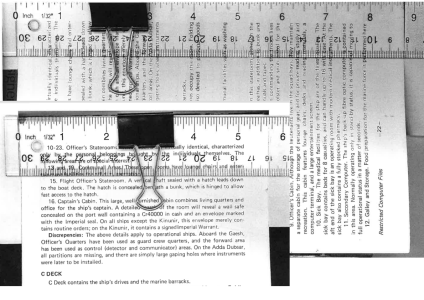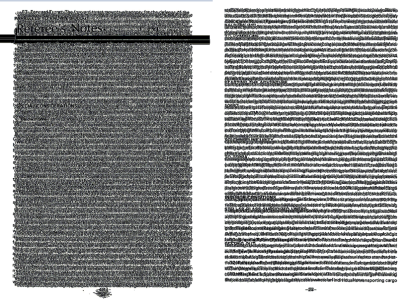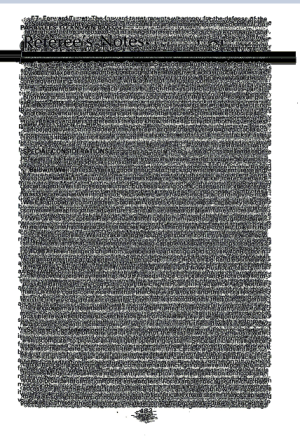I'm trying to go the POD route for my legally purchased PDFs off the official CD-ROM for FFE.
I'm trying to determine the exact size of the original LBBs. The Traveller Wiki says they are "Digest Size," which makes them 5.5"×8.5". But then later in the same article is says they're "half-quatro" size, which would make them 5.5"×9".
The PDF has a mix of pages sizes in it.
The cover is 5.76"×8.48". The interior pages are 5.65"×8.3". And any added pages from FFE are 5.5"×8.5".

If I'm going to go through the trouble to POD these, I'd like to get as close a match to the original books as possible.
The new Book 9 that just came out says it's "as close as possible" to the size of the original LBB, which makes me think they're not exactly digest sized.
Anyone have an LBB they can measure?
I'm trying to determine the exact size of the original LBBs. The Traveller Wiki says they are "Digest Size," which makes them 5.5"×8.5". But then later in the same article is says they're "half-quatro" size, which would make them 5.5"×9".
The PDF has a mix of pages sizes in it.
The cover is 5.76"×8.48". The interior pages are 5.65"×8.3". And any added pages from FFE are 5.5"×8.5".

If I'm going to go through the trouble to POD these, I'd like to get as close a match to the original books as possible.
The new Book 9 that just came out says it's "as close as possible" to the size of the original LBB, which makes me think they're not exactly digest sized.
Anyone have an LBB they can measure?














